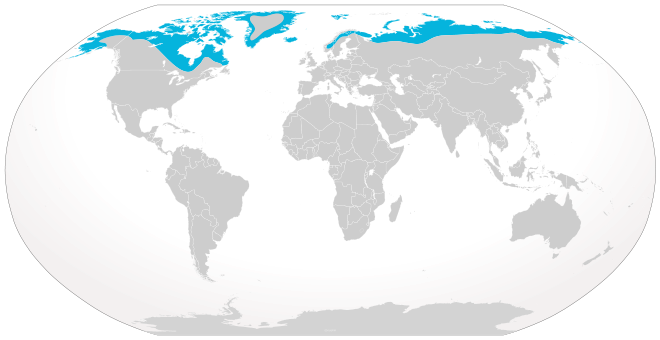Habitat
The Arctic fox lives primarily in arctic and tundra regions of
the world, usually by the coast line. Some countries in
particular that they live in are Canada, Sweden, Denmark,
Norway, and Russia (Tannerfeldt and Angerbjorn 1996). This
particular species of fox tends to move around relying heavily
on two things: availability of rodents along with populations of
red fox near the area. They compete with the red fox over prey,
so if there are red fox in the area they will usually move
farther away. Also, they primarily eat rodents such as lemmings
and will move their entire group to find wherever the
populations are most plentiful (Tannerfeldt and Angerbjorn
1996).
As for habitat requirements, the Arctic fox lives in a den and therefore
searches for an area where it would be best to create a den. Typically the
fox creates their den in the side of a mountain or somewhere above the tree
line, to escape the red fox. Also, the fox creates multiple entrances and
escapes for the den so they will be able to leave quickly (Selas et al.
2010). The Arctic fox has adapted very well to this specific environment and
although they can travel a long distance, the areas are generally very
similar. The tundra has little vegetation and is extremely cold so the
Arctic fox has adapted to get around these particular obstacles. They have
developed a thick-coat for the temperatures along with feeding on small
rodents who don’t need much vegetation to survive (Tannerfeldt and
Angerbjorn 1996). This habitat may not suite many, but it’s just right for
the Arctic fox.

Find this picture here.